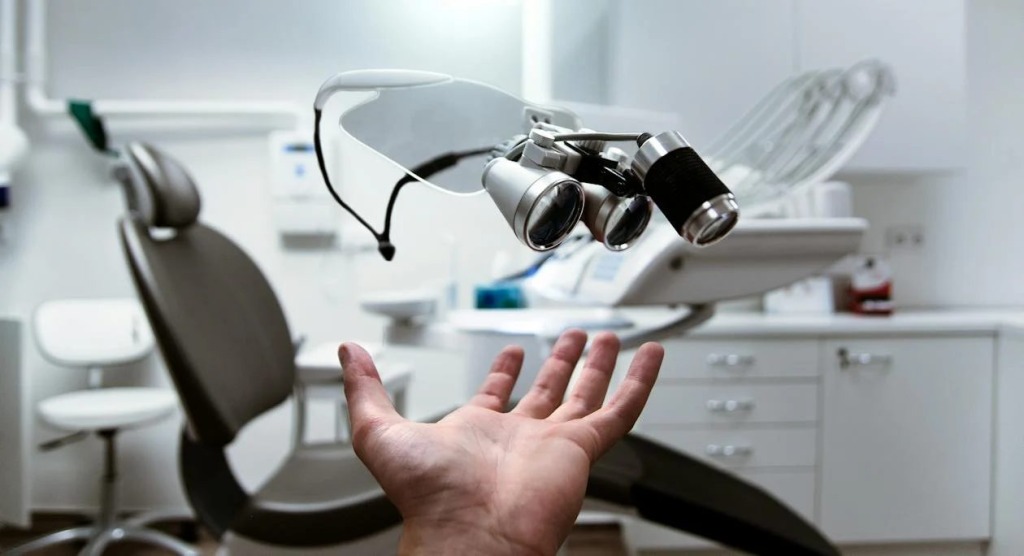Medical negligence cases have increased in recent years, but how much of an impact is technology having on reducing case numbers?

Surgical negligence, and other types of medical negligence, are a concern at the forefront of patient safety, says AshtonsLegal. As such, they prompt a critical examination of technology’s role in mitigating medical malpractice cases.
The evolving healthcare industry has witnessed the integration of various technological advancements, raising the question of whether these innovations genuinely contribute to the reduction of surgical negligence and overall improvement of patient care. In this article, we’ll be exploring this question…
The Technological Outlook in Healthcare
The technological element in healthcare is made up of a diverse array of elements, and with that comes the promise of unveiling potential solutions to critical issues such as surgical negligence. At the forefront are Electronic Health Records (see here), acting as fundamental identifiers.
EHRs are digital repositories of patient information, intending to streamline communication between healthcare providers. This not only ensures a meticulous exchange of data but also contributes to better-informed decision-making, a crucial aspect in minimising errors associated with surgical procedures.
In the quest to reduce surgical negligence, telemedicine emerges as a form of innovation that will undoubtedly transform healthcare. Remote consultations and digital health monitoring represent significant strides, allowing healthcare professionals to transcend traditional boundaries.
The ability to provide timely interventions becomes paramount in this context, potentially mitigating the risk of medical errors associated with delayed care. There is a link between these technological advances, and they work to ensure that patient outcomes are impacted in a positive way. This means that surgical procedures are completed with greater accuracy and safety.
AI-Assisted Diagnostics
There is no denying that the integration of Artificial Intelligence (AI) brings forth a huge transformation, particularly in the domain of diagnostics. AI’s unparalleled capability to process vast datasets plays a vital role in reshaping the diagnostic outlook. AI-assisted diagnostics hold the promise of not only expediting the diagnostic process but also enhancing its accuracy, thereby potentially minimising errors associated with misinterpretation or oversight.

However, the incorporation of technology in healthcare, while rich in potential, is not devoid of challenges. The mere presence of advanced tools and identifiers does not guarantee flawless outcomes. Addressing issues such as data security becomes imperative to ensure the confidentiality and privacy of patient information.
Additionally, the potential for algorithmic bias necessitates careful consideration to prevent discriminatory practices. Moreover, meticulous oversight in the development and deployment of AI technology is essential to maintain ethical standards and, most importantly, to ensure patient safety, especially as we are seeing medical innovations being introduced each and every year. As AI becomes an integral part of diagnostics, dealing with these challenges becomes crucial to unlock its full potential for the betterment of patient care.
Going Beyond Technology – The Human Element in Healthcare
It is essential to recognise that, while technology can elevate the efficiency and precision of medical processes, it cannot completely replace the human touch in patient care. The legacy of compassionate healthcare goes beyond what technological interventions can offer. The fusion of advanced tools and human commitment is crucial for a healthcare system that truly goes way beyond expectations.
Crafting a Future of Safer Healthcare
As we explore unknown waters of technological integration in healthcare, it is imperative to unleash the full potential of these innovations. Identifying and addressing challenges, fostering a culture of continuous improvement, and ensuring that technology aligns with the principles of patient-centred care are integral steps in crafting a future where medical negligence is minimised.
Embodying Progress – A Synergy of Innovation and Responsibility
The role of technology in reducing surgical negligence is a journey that is made up of many different elements. While identifiers like electronic health records, telemedicine (more info), and AI-assisted diagnostics contribute to the way in which healthcare adapts and evolves, their impact goes way beyond technological integration.
It requires a collective commitment to meticulous development, oversight, and a dedication to the fusion of innovation and compassionate care. As the industry changes, the goal is to ensure that a healthcare legacy remains in place that highlights progress while also ensuring there is harmony between technology and the fundamental principles of patient well-being.

The Future of Tech in Healthcare is Bright
The future of healthcare innovation hinges on a delicate balance between technological prowess and the foundational values that define compassionate patient care. Striking this balance ensures that the healthcare industry takes the right approach, ensuring that patients and providers align with minimal risk.
Last Updated: January 31, 2024




















